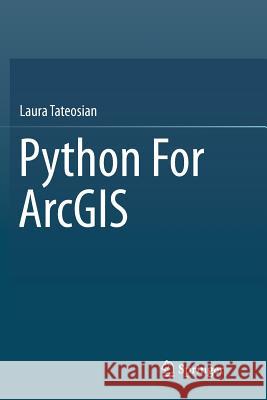Python for Arcgis » książka
topmenu
Python for Arcgis
ISBN-13: 9783319792507 / Angielski / Miękka / 2018 / 538 str.
Kategorie BISAC:
Wydawca:
Springer
Język:
Angielski
ISBN-13:
9783319792507
Rok wydania:
2018
Wydanie:
Softcover Repri
Ilość stron:
538
Waga:
0.77 kg
Wymiary:
23.39 x 15.6 x 2.87
Oprawa:
Miękka
Wolumenów:
01
Dodatkowe informacje:
Wydanie ilustrowane











